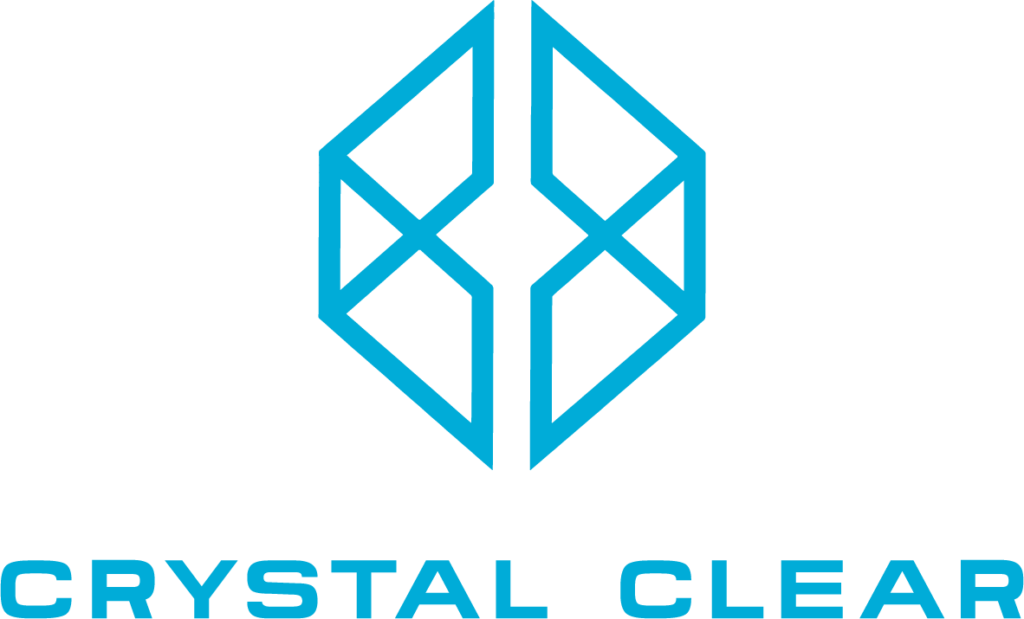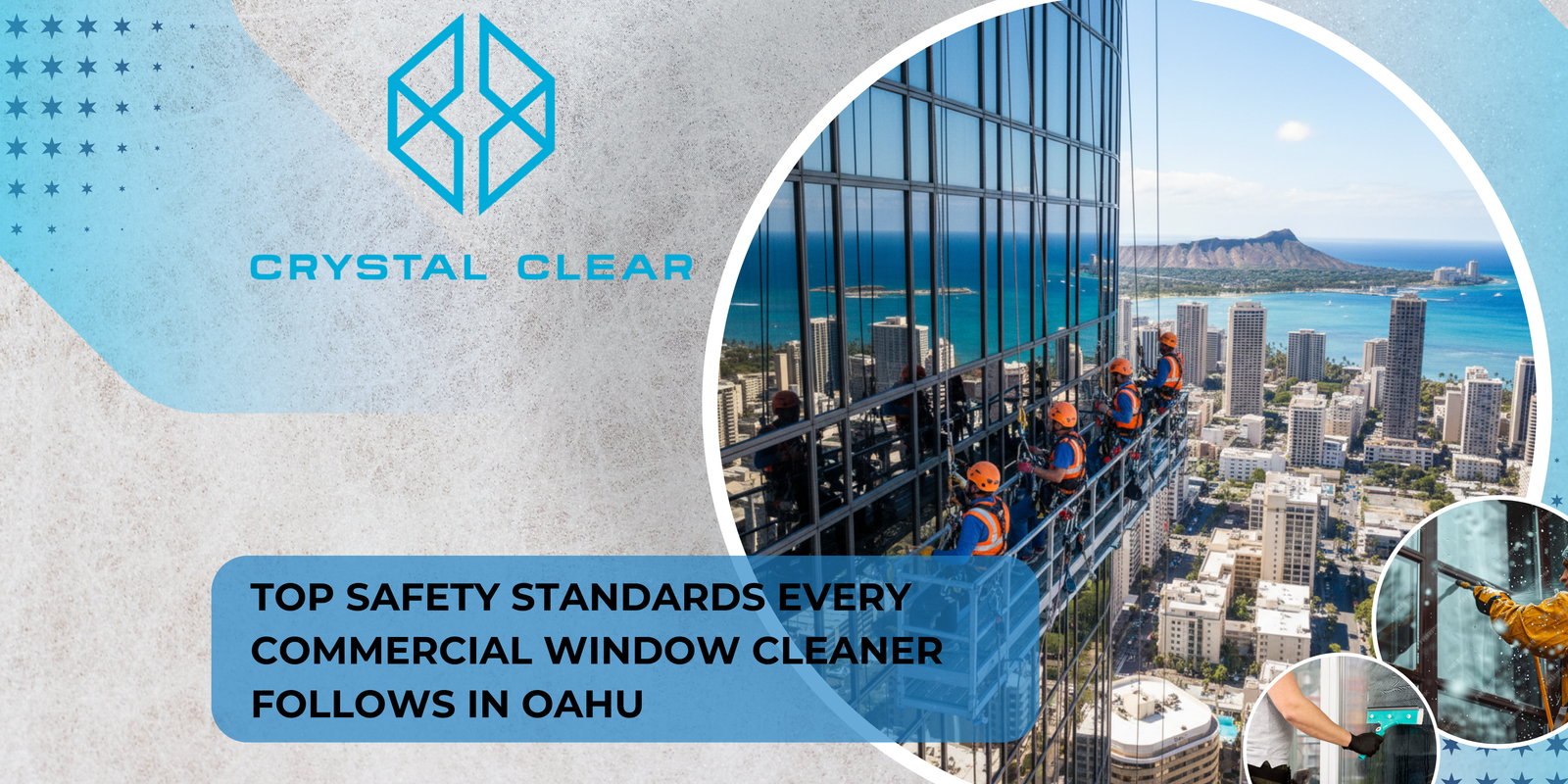Cleaning the windows of a multi-story home can make a world of difference in the appearance of your house, but it also presents unique safety challenges. The height, the need for specialized equipment, and the risk of falling make window washing a task that should not be taken lightly. Whether you’re tackling the windows yourself or hiring a professional, understanding the best safety practices is crucial to ensuring a job well done without injury. In this guide, we will share essential window-washing safety tips to help you stay safe while cleaning windows on multi-story homes.
1. Assess the Height and Difficulty of the Job
Before you begin, it’s important to assess how high the windows are and whether the task requires special equipment. If you’re dealing with windows on the second floor or higher, you should take extra precautions. For extremely high windows, it might be safer to hire a professional window cleaner with the proper tools and experience.
Why It Matters:
- Proper Assessment ensures you know the risks involved and can plan accordingly, whether you decide to use ladders, scaffolding, or hire professional help.
2. Use the Right Equipment
Having the right equipment is key to ensuring your safety while cleaning windows on upper floors. Inadequate equipment can lead to accidents or injuries. Below are the tools you’ll need:
Essential Equipment:
- Ladder: A sturdy, extendable ladder is crucial when cleaning second-floor or higher windows. Make sure the ladder is on a flat, stable surface. The ladder should be tall enough so that you don’t have to overreach.
- Window Cleaning Tools: A squeegee, microfiber cloths, and a bucket of soapy water should be your basic cleaning tools. For higher windows, you might need an extension pole to reach those spots safely.
- Harnesses and Safety Ropes: For very high windows (above the second floor), using a harness and securing yourself to a stable point is a must. Rope and fall protection gear are necessary for ensuring you stay safely attached while working.
- Scaffolding: If the windows are too high to reach with a ladder or extension pole, scaffolding may be a safer choice. It provides a stable platform and allows you to work for longer periods without the risk of falling.
Why It Matters:
- Using proper equipment ensures you can safely and effectively reach high windows without putting yourself at risk.
3. Set Up the Ladder or Scaffolding Correctly
If you’re using a ladder, it’s essential to set it up properly. The angle should be about 75 degrees, or roughly one foot away from the wall for every four feet of height. Never lean too far to one side while on the ladder—always move the ladder to adjust your position. If using scaffolding, ensure it’s level and on a stable surface.
Safety Tips:
- Never lean over the edge of a ladder or scaffolding. Always reposition your equipment for a safer angle.
- Secure the base of the ladder to prevent it from shifting while you work.
Why It Matters:
- Stability is key when working at height, and a well-placed ladder or scaffold keeps you safe from falling.
4. Wear the Right Safety Gear
When washing windows at height, personal protective equipment (PPE) is essential. The following safety gear will help protect you from accidents and injuries:
Recommended Safety Gear:
- Non-slip Shoes: Wear shoes with good traction to prevent slipping while working on ladders or scaffolding.
- Gloves: Wear gloves to protect your hands from cleaning chemicals and to ensure a firm grip on your tools.
- Fall Protection: If you’re working at significant heights, use a safety harness attached to a stable point, like a roof anchor, to prevent falls.
- Safety Glasses: To protect your eyes from splashes of cleaning solution or debris, consider wearing safety glasses while washing windows.
Why It Matters:
- Proper safety gear protects you from falls, chemical exposure, and other accidents that can occur during window cleaning.
5. Check the Weather Conditions
Weather plays a crucial role in window washing safety, especially when working on upper floors. Avoid washing windows during high winds, rain, or storms, as these conditions can make your work area slippery and unstable. Additionally, cleaning windows on hot days can cause the cleaning solution to dry too quickly, leading to streaks on the glass.
Safety Tip:
- Best Conditions: Clean windows on days with mild temperatures, low humidity, and no strong winds. Early mornings or late afternoons are often the best times to avoid the heat of midday.
Why It Matters:
- Safe working conditions prevent accidents related to unstable equipment, slippery surfaces, or overheating.
6. Work with a Partner or Professional
If possible, always have someone with you while cleaning windows at height. A partner can help steady the ladder, hold tools, or act as a spotter to ensure your safety. If you’re unsure about doing the job yourself, hiring a professional window cleaning service is a safer and more efficient option. These experts have the experience, tools, and safety protocols in place to complete the job without incident.
Why It Matters:
- Having a partner or professional ensures that you have extra support in case of emergencies or mishaps during the cleaning process.
7. Keep the Area Below the Work Zone Safe
If you’re working on the upper floors of your home, it’s essential to make sure the area below is clear of people, pets, and objects that could get in the way. Falling tools or debris could pose a serious risk to anyone below. Mark off the area or set up safety barriers to keep others away from the work zone.
Why It Matters:
- Protecting people and property below you reduces the risk of accidents from falling debris or tools.
8. Inspect Your Equipment Before Use
Before starting your window washing project, inspect all your equipment to ensure it’s in good condition. Check your ladder for stability and any wear, ensure your safety harness is properly attached, and verify that your tools are clean and functional. If any equipment seems damaged or unstable, replace it before starting the job.
Why It Matters:
- Regular equipment inspection ensures safety and prevents breakdowns during the job, which could lead to accidents or injuries.
Conclusion
Cleaning windows in a multi-story home can be a rewarding task, but it requires a focus on safety. By following these window washing safety tips, including using the right equipment, wearing the proper gear, and working with a partner or professional, you can ensure your project goes smoothly without compromising your well-being. Whether you’re doing it yourself or hiring an expert, taking the proper precautions will ensure your home’s windows shine while you stay safe.






